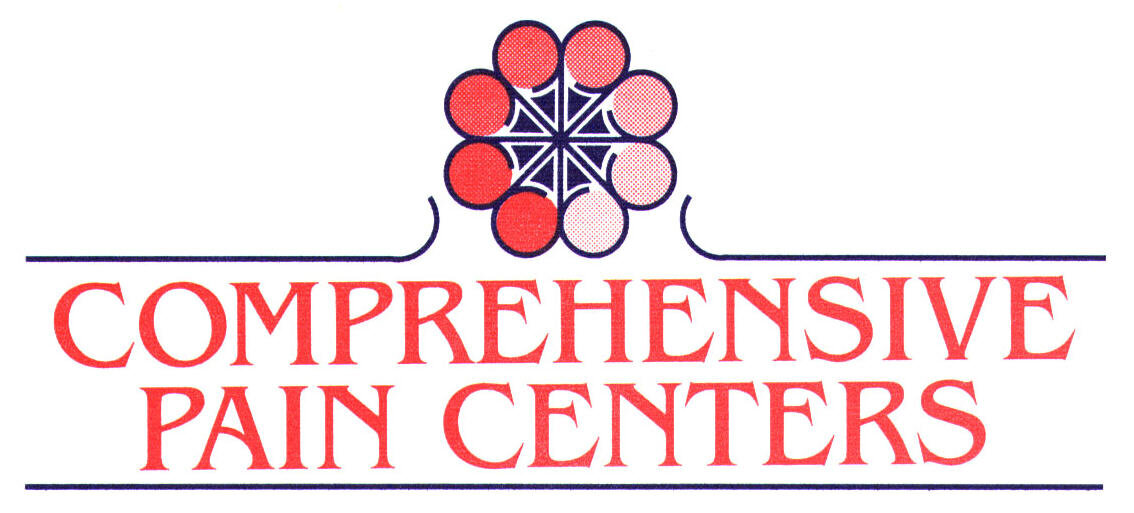How Is Complex Regional Pain Syndrome (CRPS) Treated
It is important to find a physician, or group of physicians, with knowledge and expertise in CRPS and its treatment. Doctors like these include pain specialists, a vascular surgeon, an orthopedic surgeon, a physical therapist and/or an occupational therapist who has worked successfully with other CRPS patients.
The the best thing a patient can do to combat this disorder is to maintain mobility and physical activity of the affected limb. Yes. It is incredibly painful to do so. However, once you begin movement, it will improve incrementally, with time, and the benefits of movement are incredible in fighting this disease. Your physician will likely recommend physical therapy or occupational therapy of some sort — water therapy, low or no gravity treadmill, weight bearing, guided exercises, etc. Maintaining movement is not only a treatment but an important goal for all CRPS patients. Doing so helps strengthen the muscles and joints in the affected limb, ensures a patient maintain function of that limb, slows circulatory and bone issues from advancing as a secondary issue of the CRPS and allows for greater patient independence.
Pain medications can also help CRPS patients to maintain mobility and function. And, while corticosteroids and physical therapy can help to ease pain during acute episodes, long-term results of these are mixed. Other medications that may help include:
Nonsteroidal anti-inflammatory drugs (NSAIDs) and other non-opiate pain relievers
Topical medications, such as topical lidocaine, capsaicin or biofreeze
Antidepressants such as Amitriptyline and Doxepin can help control neuropathic pain and getting more sleep, which is imperative for CRPS patients
Anticonvulsants used in nerve pain treatment, such as: Lyrica, gabapentin (Neurontin).
Blood pressure medications that affect the sympathetic nervous system, such as Prazosin (Minipress) and Clonidine
Bisphosphonates, medications that reduce bone loss, such as Alendronate (Fosamax) or Risedronate (Actonel)
Testosterone replacement can also be a way to reduce bone loss, improve muscle strength and muscle wasting
Calcitonin, by injection or nasal spray, to slow bone loss and provide pain relief
Trigger-point injections, of something like a corticosteroid or a long-acting anesthetic medication, injected just beneath the skin in areas of high pain
Baclofen may help relieve muscle spasms
Other treatments can include:
A transcutaneous electrical nerve stimulator (TENS) unit sometimes can help to relieve pain. This small, battery-operated device is thought to work by blocking nerve impulses.
Biofeedback can also help to control pain, increase blood flow and equalize skin temperature.
Simple measures such as applying heat or cold may help. However, applying cold might relieve pain temporarily, but ice can worsen the symptoms of CRPS after. The response to heat also varies. And, most CRPS patients find the affected limb, and sometime beyond, is sensitive to cold or heat. Be sure to communicate with your medical professionals any temperature sensitivities.
For severe pain, or pain that does not respond to other treatment, your doctor may recommend a nerve block. During this procedure, an injection of a numbing agent is administered near the nerves associated with the affected limb, or alongside the spinal column, to block the nerve pathways for, specifically, the sympathetic nervous system. The purpose of this block is diagnostic as well as therapeutic. It can help to reduce pain and improve mobility to the affected limb. These blocks are usually done as a series of three to five injections, over seven to 14 days. If the numbing is effective, a more permanent procedure, called a sympathectomy, may be considered. In a sympathectomy the nerves are destroyed with chemicals or surgically.
Newer CRPS treatments also include:
Spinal cord stimulator - Implanting a device that stimulates the spinal cord or nearby nerves to disrupt the nervous system pain signals from the affected limb to the brain.
Peripheral nerve stimulator - In this case a small catheter with electrodes is implanted at the site of the nerve injury.
Injections of Clonidine (Catapres) into the space near the spinal cord.
In cases of severe, 3rd stage disease, sometimes pain medication is delivered directly into the spinal canal, where a small pain pump is implanted. In this case, pain medications can also be combined with muscle relaxants, such as Baclofen, to reduce spasticity.
These treatments do not always work and can be associated with complications. But, for severe cases that have not responded to other treatments, the benefits may exceed the risks.
Ultimately, the earlier the condition is diagnosed, the better the prognosis. If treatment is started early, symptoms can disappear in as few as three months. However, delayed treatment can lead to permanent bone, muscle, even circulatory changes. Generally, in CRPS, the overall response to treatment is poor and this pain disease remains active. In at least half of cases, people with CRPS are still in pain months, even years, later.
If you are dealing with CRPS pain, contact a Comprehensive Pain Center location near you to schedule an immediate evaluation with one of our experienced specialists.
Our dedicated team of board certified pain management physicians will work with you to treat your pain and increase your quality of life. We have locations across Pennsylvania including Allentown, E . Stroudsburg, Pottsville, Reading, Lehighton, Bangor, Scranton, Wilkes-Barre and Hazelton.
We take multiple insurance plans; To make an appointment and take the first step toward getting back into life, call us today.
